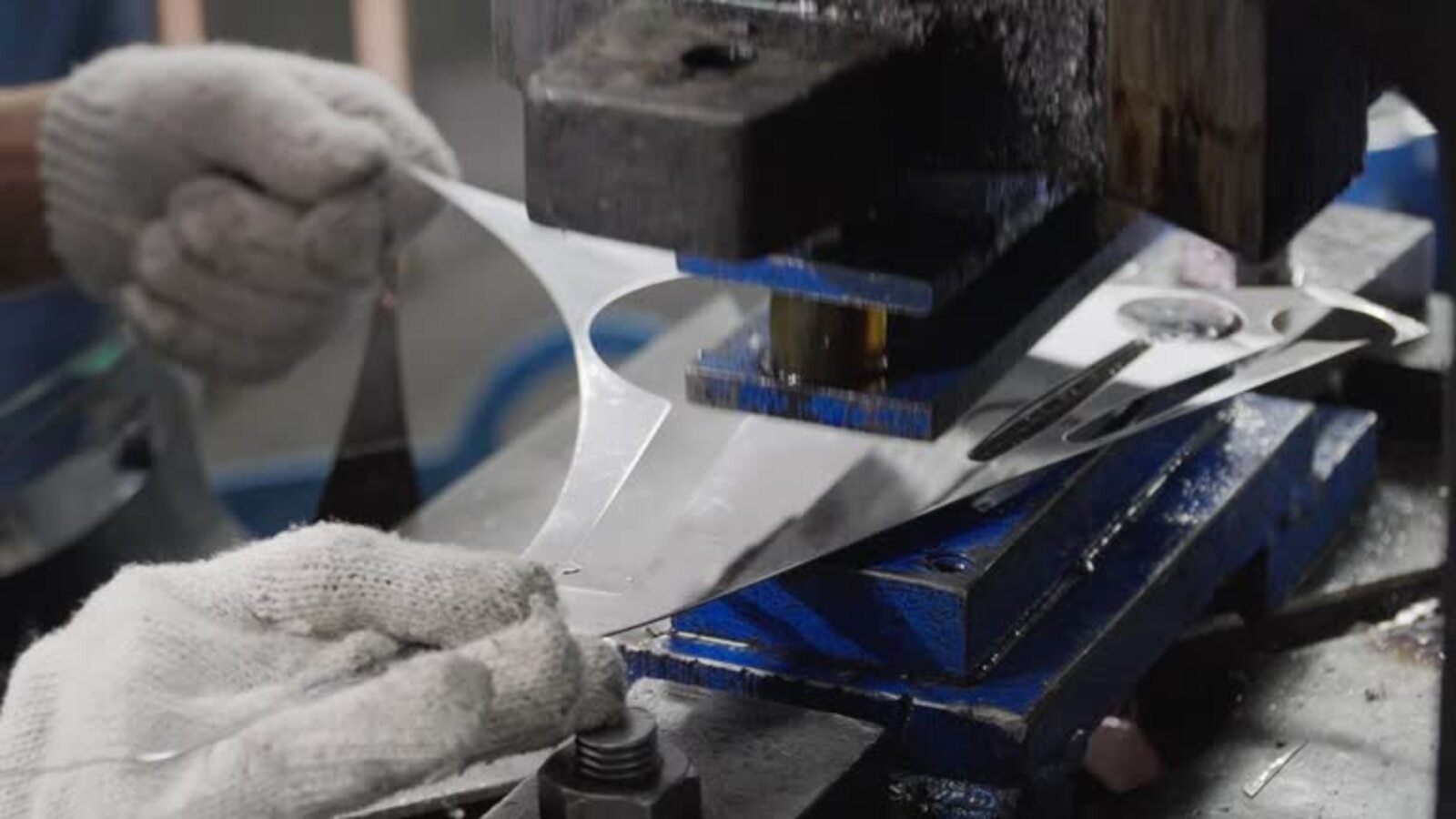The Role of CNC technology in metal material processing
CNC (Computer Numerical Control) technology has revolutionized virtually every aspect of industrial manufacturing, and metal material processing is no exception. The use of CNC machines in metal processing has greatly improved efficiency, accuracy, and product quality, while reducing production time and cost. CNC machines are designed to perform precise and complex tasks, with remarkable consistency and reliability, which makes them ideal for processing a wide range of metal materials. Here is an in-depth look at the innovations and benefits of CNC technology in metal material processing.
1. Precision Machining
CNC machines are capable of performing intricate and accurate cuts, shaping metal materials into precise dimensions and shapes with minimal error. Precision machining is essential in creating high-quality metal products, from large-scale industrial parts to delicate medical equipment. With CNC technology, manufacturers can produce consistent parts with tight tolerances and minimal waste, ensuring maximum efficiency and cost-effectiveness.
2. Flexibility and Versatility
One of the key advantages of CNC technology is the level of flexibility and versatility it provides in metal material processing. CNC machines can perform a wide range of tasks, from drilling holes and cutting threads to milling, turning and grinding. They can also work with various metals, including steel, aluminum, copper, and titanium, with each metal requiring a different approach to processing. CNC technology allows manufacturers to program the machine to suit their needs, taking into account the specific metal material and the desired output. This saves time and ensures maximum precision in the end result.
3. Reduced Human Error
CNC machines rely on computer programs to execute their tasks, which significantly reduces the possibility of human error. Once the machine has been programmed, it can operate autonomously for long periods of time, freeing up human resources to focus on other tasks. This also reduces the risk of errors caused by human fatigue and variability, leading to increased efficiency and cost-effectiveness.
4. Increased Production Capacity
CNC machines are capable of working around the clock, with minimal supervision, which greatly increases production capacity. Traditional manual machining requires significant time and effort to produce a single part, and often requires several operators to complete a single job. CNC machines, on the other hand, can perform multiple tasks simultaneously, producing large quantities of parts with minimal human input. This means faster production times, increased output, and more value for money.
5. Improved Safety
CNC machines are designed with safety features that reduce the risk of accidents, such as interlocks, emergency stop buttons, and protective barriers. This makes them safer to operate than traditional manual machines, which can be hazardous due to the need for constant operator attention and intervention. CNC technology has greatly improved worker safety in metal material processing, reducing the risk of accidents and injuries.
6. Cost-Effective Production
CNC machines are highly cost-effective in metal material processing, due to their ability to produce high-quality parts quickly and accurately. While the initial investment in a CNC machine can be significant, it is usually offset by the reduction in labor costs, reduced scrap rates, and increased production output. CNC technology allows manufacturers to achieve economy of scale, producing large quantities of parts at a reduced cost per unit, while maintaining high levels of quality.
7. Improved Quality Control
CNC technology has greatly improved quality control in metal material processing, ensuring that every part meets the required specifications. CNC machines can be programmed to perform quality checks at every stage of the process, detecting any deviations from the specified dimensions or tolerances. This allows manufacturers to identify and correct any defects early in the production process, reducing scrap rates and ensuring compliance with industry standards.
8. Enhanced Design Capabilities
CNC technology has opened up new design possibilities in metal material processing, allowing manufacturers to create complex shapes and intricate designs with ease. CNC machines can work with 3D modeling software, which allows designers to create virtual prototypes and test them before they are manufactured. This not only saves time and reduces the risk of errors, but also allows designers to experiment with different designs, achieving greater creativity and innovation in metal processing.
9. Environmental Benefits
CNC technology has environmental benefits in metal material processing, due to its efficiency and reduced waste. CNC machines produce less waste than traditional manual machines, which means less scrap metal and a smaller environmental footprint. In addition, CNC machines can be programmed to optimize energy usage, reducing the overall energy consumption and resulting carbon emissions. This makes CNC technology a more sustainable and environmentally-friendly option for metal processing.
10. A Promising Future
The use of CNC technology in metal material processing is expected to continue growing in the future, with further innovations and improvements in both hardware and software. The integration of AI (Artificial Intelligence) and IoT (Internet of Things) with CNC machines is already taking place, leading to greater automation and efficiency. These developments promise to revolutionize the industry further, making metal processing faster, more efficient, and more sustainable than ever before.

